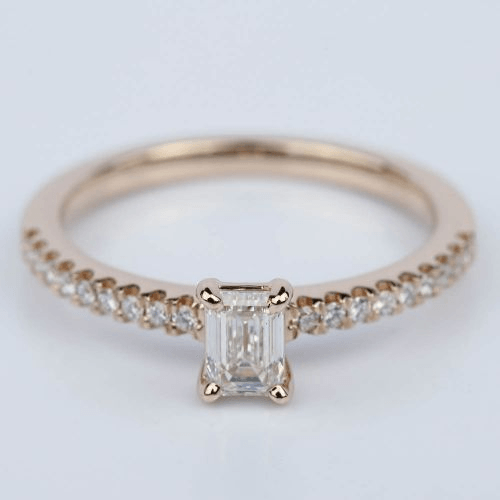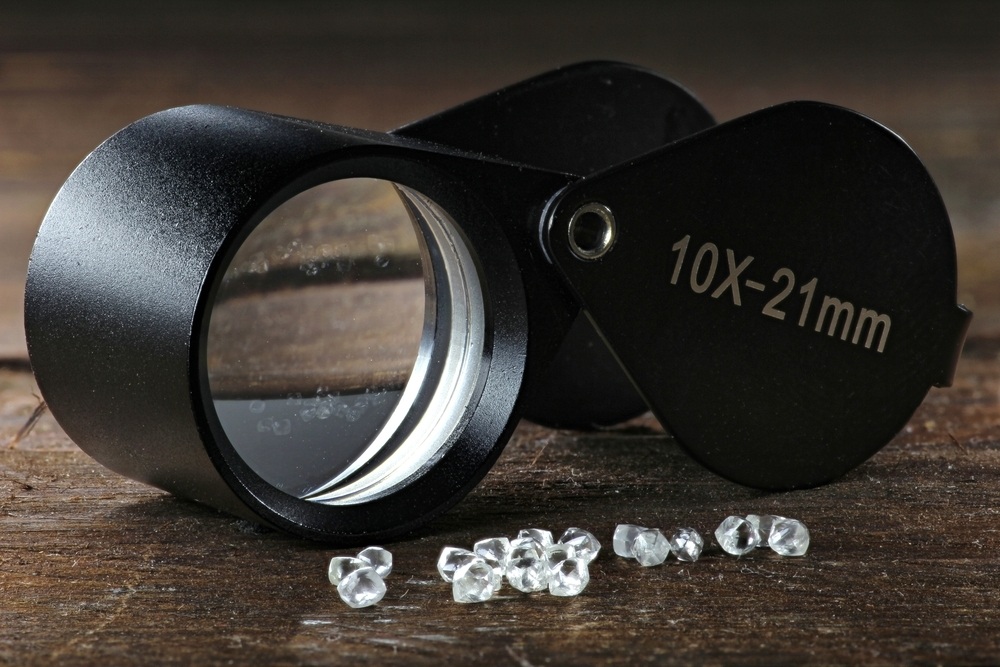Enthusiasts

Montblanc Can’t Decide On A Name For Its Villeret Watch Business
Jewelry News Network |
| The Montblanc watchmaking facility in Villeret in 2012. Photo by Anthony DeMarco |
What’s in a name?
Once there was a company named Minerva in the picturesque Swiss town of Villeret whose history can be traced back to 1858. For most of the 20th Century it was known for producing high-performance hand-made chronograph movements. Then the 21st Century came along. In 2000 Italian investor Emilio Gnutti purchased the company and changed its mission to produce haute horlogerie timepieces using the same hand-made techniques and the philosophy of the brand. The new owner brought in Demetrio Cabiddu as its technical director.
In 2006 Compagnie Financière Richemont acquired Minerva and turned it over to Montblanc to add a bit of Swiss heritage to its young watchmaking operation, which began in 1997 in Le Locle. Soon afterwards the name was changed to Villeret, after the town. The decision to do was either Montblanc, under the leadership of Lutz Bethge at the time, or Richemont.
 |
| Handmade movement components. Photo by Anthony DeMarco |
In a 2012 interview when I visited the facility, Cabiddu, who protects the heritage of Minerva like it was his child was concerned about the name change. “Today I laugh about it a lot more. I used to cringe (when hearing the new name). In hindsight it was probably the right thing to do as we move into the future.”
Montblanc renamed the watchmaking workshop the “Institut Minerva de Recherche en Haute Horlogerie” (Minerva Institute for Research in High Quality Watchmaking) and created a foundation under the same name. However, it was never clear how this institute or foundation operates.
Despite this corporate takeover and name change the company still operated much the same way, as a separate workshop of about 40 workers producing about 200 limited-edition hand-made timepieces per year under the Villeret name.
In 2013 Jérôme Lambert became the CEO of Montblanc and change came quickly. In less than a year Montblanc-branded watches appeared with Villeret movements at a broader range of prices and styles.
 |
| The company, formerly called Minerva, was known for its chronograph movements. Here is some the company's earlier chronograph pocket watches. Photo by Anthony DeMarco |
In January at the Salon International Haute Horlogerie (SIHH) in Geneva, Montblanc introduced two full collections and one limited edition piece. In form and function the new models pay tribute to the heritage of Minvera. In fact, the Villeret name is almost never used. Has Montblanc chosen to return the Minerva name to the watchmaking facility? I asked a spokesperson and the response I received is as follows [emphasis mine]:
“The Manufacture in Villeret, Montblanc’s Movement & Innovation Excellence Center, is located in the same building in which the legendary Minerva Manufacture was founded in 1858 and focuses on the development, prototyping and assembly of all in-house movements from innovative and groundbreaking high-complications to small highly functional complications.
It’s so confusing.
Please join me on the Jewelry News Network Facebook Page, on Twitter @JewelryNewsNet, the Forbes website and on Instagram @JewelryNewsNetwork























